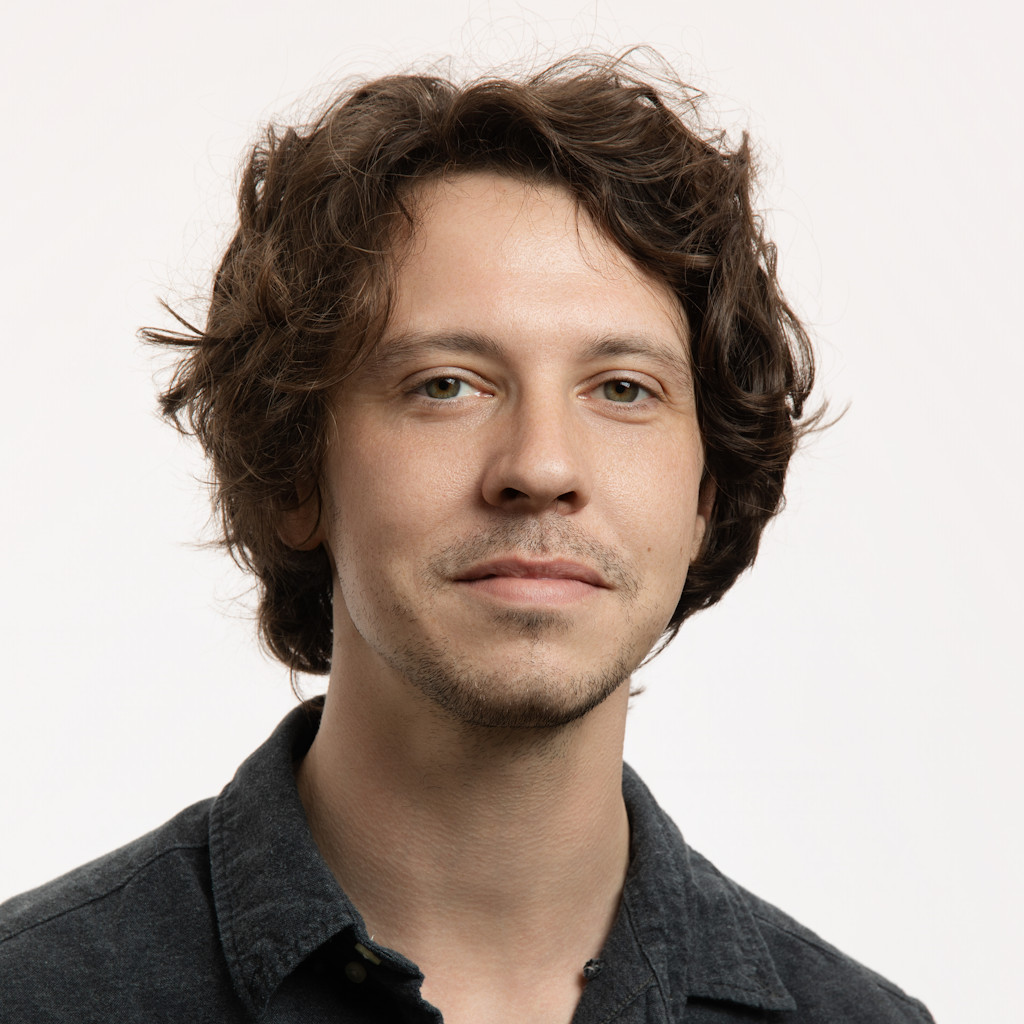
PulseMedica raises $2.6M as it prepares to launch laser treatment trial
PulseMedica has raised an oversubscribed $2.6-million seed round, which it largely plans to use to run its first clinical trial beginning in June.
The University of Alberta spinoff company is working on a new way to treat patients with major eye diseases. The fully automated platform it has developed uses an imaging system to capture the eye of a patient, then determines where to treat and delivers the treatment using lasers instead of injections.
PulseMedica is aiming to demonstrate the safety and accuracy of its imaging and laser delivery systems by testing it on 10 to 15 patients in Edmonton who have diabetic retinopathy.
"The purpose of this is really to help us generate this data and show it to people. We've managed to build this platform, it works ... now we can start going after all of the clinical indications, and then start commercialization," said CEO and co-founder Nir Katchinskiy.
The company-led round, which includes more than $500,000 from Startup TNT's Investment Summit IV last fall, will also help PulseMedica finish building its device as it works on getting approvals from Health Canada ahead of the clinical study.
It will continue to build out the team, too. The company has recently added six new members, including Geoffroy Rivet-Sabourin as its chief technology officer. It has also established a medical advisory board, which Katchinskiy said is key for the company's success.
"As part of this board, we brought three of the top of ophthalmologists in the world (Dr. Ike Ahmed, Dr. Matthew Tennant, Dr. Ehsan Sadri) to help us brand and shape the company, and to build our clinical studies in a way that will be recognizable by everybody else," Katchinskiy explained.
"The goal that we have right now is transforming PulseMedica from a local startup company to the global stage."


